What Types of Pearls Are Likely to Appreciate in Value?

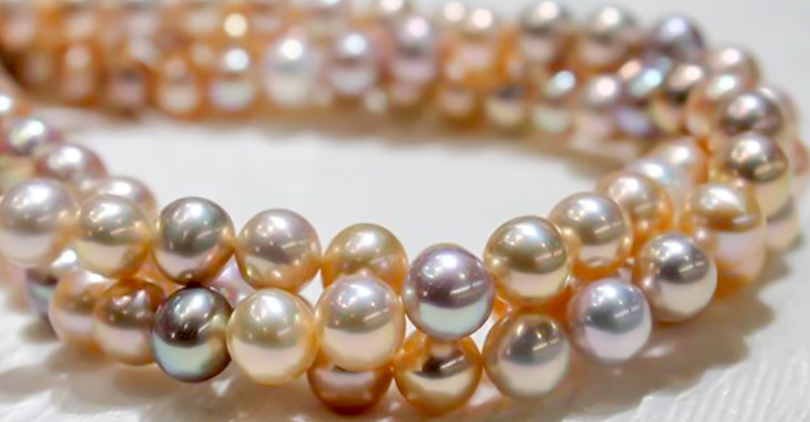
Have you ever wondered if all pearls are equally valuable? As someone who knows a lot about jewelry, I can help you understand pearls and whether they can be appreciated – or become more valuable over time.
Many factors affect the value of pearls, and once you know what to look for, you can choose those most likely to be a good investment: their price goes up!
For example, Akoya pearls come in rare colors that don't fade with age – important because something pretty today might not be hot tomorrow. And South Sea pearls? They're huge!
Find out which types of these treasures from the sea have always been stylish – and seem likely to stay that way. If you're going to buy jewelry anyway, why not pick pieces that might grow not just more beautiful but also more expensive?
South Sea Pearls
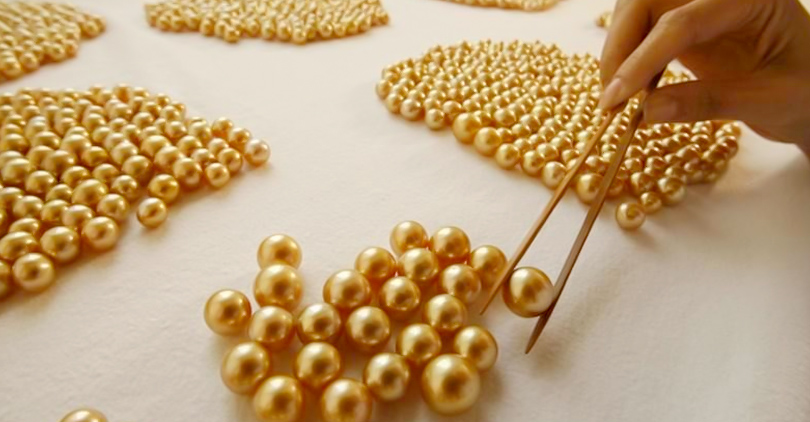
South Sea pearls are considered to be among the most highly prized in the world of jewelry because they are both exceptionally large and glossy.
These pearls, which can be found in parts of Australia, Indonesia, Myanmar, and the Philippines, may grow up to 20mm across and come in colors including white, gold, and silver – colors that occur naturally within the shellfish that create them rather than being dyed or otherwise altered.
South Sea pearls have particularly thick layers of nacre – a mixture of calcium carbonate and proteins that give such gems their beautiful iridescence – because the oysters producing them are bigger and live in warmer waters.
This unique combination of factors not only makes them visually distinctive but also increases their pearls' value and desirability as luxury items.
Factors Influencing Appreciation in Value

There are several factors that determine the value of South Sea pearls. One such factor is size – larger pearls are rare and, therefore, can command higher prices.
Color is also important. For example, golden South Sea pearls or those that come in bright white are considered rare colors than others.
Luster, or shine, is another characteristic that affects how much a pearl is worth. Think about it like this: the more you can see your own reflection on the surface of a pearl (almost like looking in a mirror), the greater its value will be.
And, of course, there's shape and texture to consider, too – perfectly round with no imperfections? That'll cost too much! Like any fine gemstone, if there aren't any flaws, expect it to buy for top dollar.
Current Market Demand and Projections
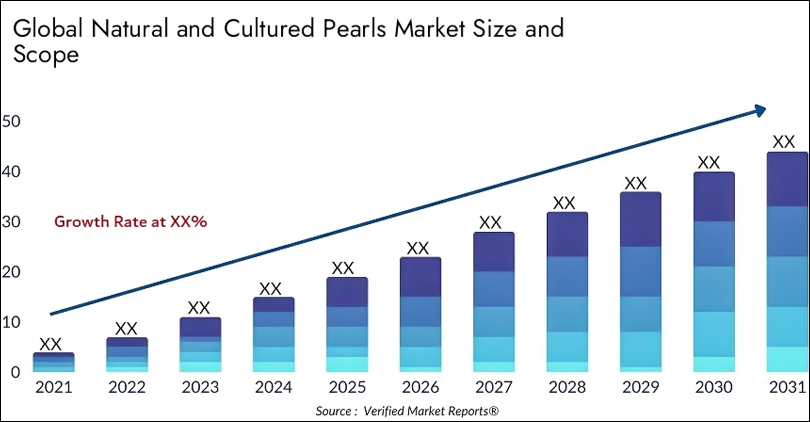
At present, there is a strong demand for South Sea pearls, coming primarily from the United States and East Asia. These pearls are often used in high-end jewelry as they are seen as both exclusive and luxurious.
Looking ahead, the market for South Sea pearls is expected to grow. Economic growth in important markets is anticipated to boost demand for luxury items such as top-quality pearls.
Furthermore, their value could rise further in the future because environmental issues mean naturally large pearls are becoming even rarer than they were before.
As a sustainable form of luxury investment that could well go up in value: collectors and investors alike should take note of South Sea pearls.
Tahitian Pearls
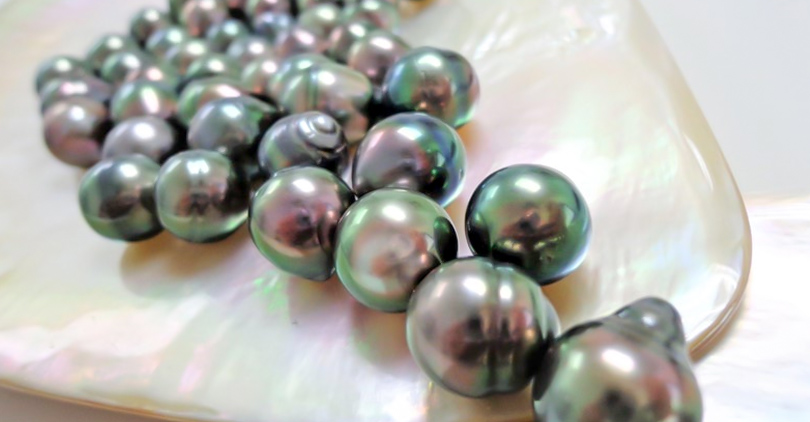
Tahitian pearls come from Tahiti and are known for their exotic dark colors. They're made by black-lipped oysters (Pinctada margaritifera) found in warm French Polynesian waters near Tahiti.
What makes these pearls different is that they naturally come in shades like charcoal, graphite, and green – with hints of peacock, eggplant, or silver. Tahitian pearls also range in size from about 8mm to 18mm.
Because of their unusual colors and big size (plus the fact that they're beautiful pearls), they're often favored by people who want stand-out jewelry rather than traditional white pearl pieces.
Factors Contributing to Value Appreciation

There are many reasons why Tahitian pearls increase in value over time. One important factor is color: the more vibrant and unusual the natural color, the higher the pearl's worth. For example, pearls with peacock green overtones – an iridescent mixture of green and purple – command a premium price.
Luster is also key. Pearls that have a strong reflection on their surface (giving them a shiny, glossy appearance) are more sought after.
The shape comes into it, too: rounder pearls tend to be preferred by buyers and will, therefore, sell for more money compared to those that are slightly irregular.
Size and color rarity can also make a significant difference to what someone might pay for a pearl at any given time.
Future Prospects for Appreciation in Value
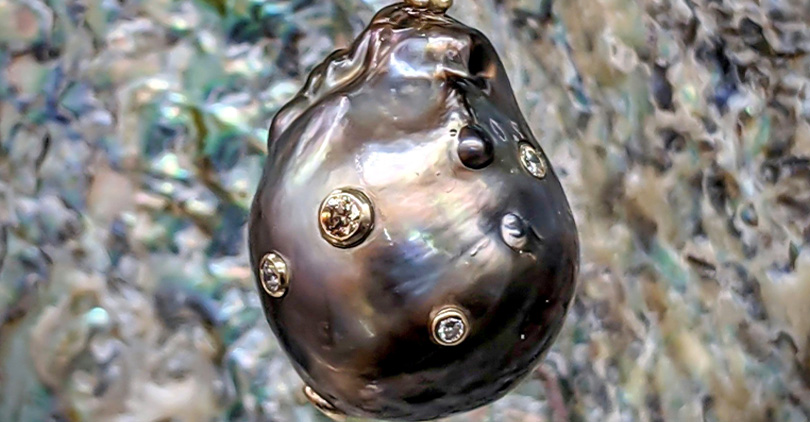
Tahitian Pearls are not the only type of pearls available, but they do have some unique advantages. One advantage is that they come in a range of natural colors, including a special peacock shade.
Another advantage is that they have a wide variety of prices. Since March 2023, however, local prices have increased by 20% because supply at present levels has hit its limit while demand continues to grow.
The outlook for the future market of Tahitian pearls appears positive: their rarity, as well as special qualities, make them popular with people who buy luxury jewelry and want something different from everyone else.
As more individuals look for items that stand out as culturally rich or one-of-a-kind pieces on market trends alone – investors may see an increase in value over time too! This could mean good news if you're considering investing in these beautiful gems.
Akoya Pearls
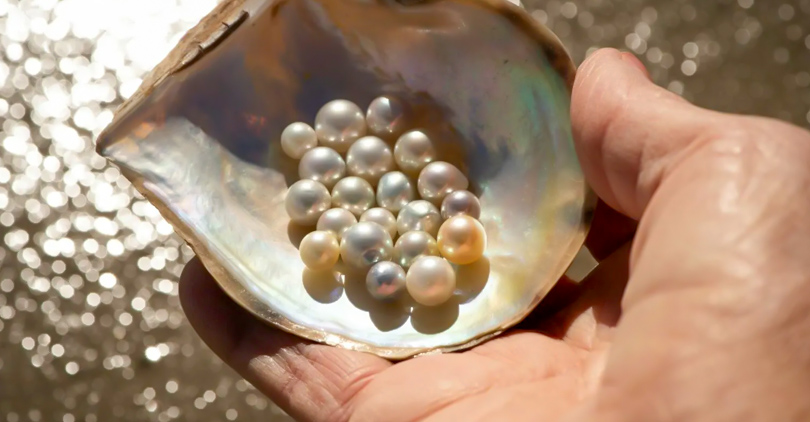
Akoya pearls are considered classics in the world of pearls. They're primarily grown in Japan and China. What sets them apart are their perfectly round shape and mirror-like luster, which make them very popular for high-end pearl jewelry.
Akoya pearls tend to be smaller than South Sea or Tahitian pearls – from about 2mm to 11mm across. Their most common colors are white and cream, although pink or greenish hues might also run over the base color.
Because they are so good-looking and have such lovely shine, jewelers often use Akoya pearls as a benchmark when comparing all other types of cultured pearls.
Determinants of Value Appreciation

Several factors contribute to the worth of Akoya pearls. Although they tend to be smaller overall, size remains important. Larger examples are rare and, therefore, command higher prices.
One consideration eclipses all others: luster. This term refers to the shine or reflectivity of a pearl's surface, with high-luster examples being particularly coveted.
For value, shape matters too. Perfectly spherical Akoya pearls are the pinnacle, commanding top dollar. Surface quality – smoothness plus freedom from blemishes – comes into play as well.
A further point affecting both beauty and durability - hence price - is nacre thickness. Nacre is what makes pearls pearlescent. Thicker nacre generally leads to better looks and longevity.
Market Dynamics and Competition
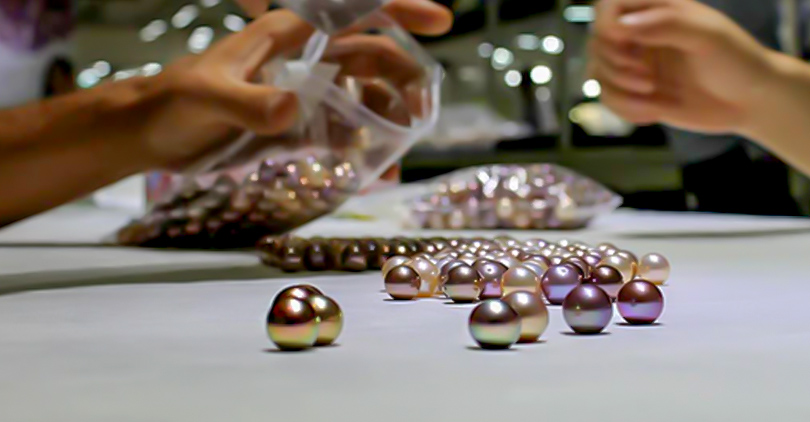
Akoya pearl shortages, increased costs, and strong demand from China have created a difficult environment for US wholesalers and pearl jewelry manufacturers so far this year.
Japanese pearl production has fallen by more than 80% in the past three decades, pushing prices up dramatically – nearly 67% just since January. Although the weakened yen has provided some offsetting relief for US buyers, it has not been very helpful.
Competition is coming from Chinese buyers who are willing to pay above-market prices that Western consumers find hard to match. US retailers complain of coming away empty-handed or paying more than they'd like at international jewelry shows such as those in Hong Kong.
Moreover, the market appears to be adjusting itself to these new dynamics with price rises seen across various types of pearls indicating this trend of high costs and competitive challenges looks set to stay for a while.
Freshwater Pearls
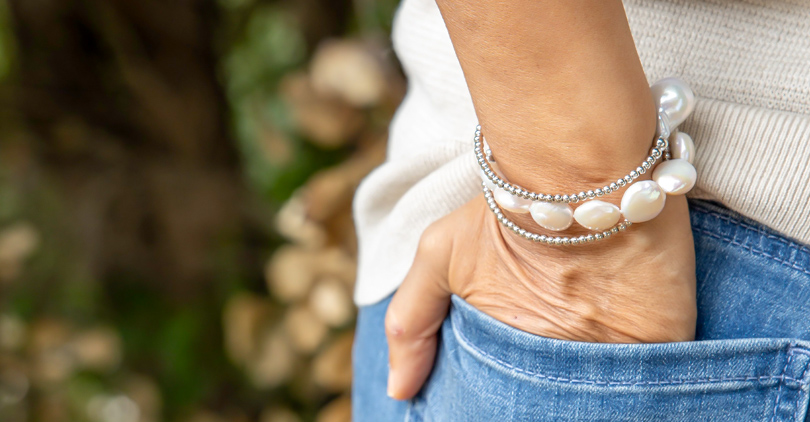
Freshwater pearls are mainly grown in Chinese rivers and lakes. They come in many different colors, shapes, and sizes – everything from white ones to pinks, lavenders, and peacock blacks.
Because they are so abundant and because a lot of them aren't regular rounds (though they have some fantastic round ones now, too), freshwater pearls tend to be less expensive than saltwater pearls.
The fact that they can offer quirky shapes, as well as classic ones, appeals to many customers wanting modern designs. In short, lots of people can afford freshwater pearls – which is why this type accounts for a large and growing share of global pearl sales.
Growing Importance in the Pearl Market

Because of advances in farming methods, freshwater pearls have become much more important in the pearl market. The quality of freshwater pearls has improved so much that they can now be just as beautiful as saltwater ones, although they may not be as regular in shape and size.
This means that people who want to wear or collect pearls are increasingly likely to choose freshwater ones – especially as they tend to cost less than saltwater pearls and offer a wider range of options.
Factors Influencing Appreciation in Value
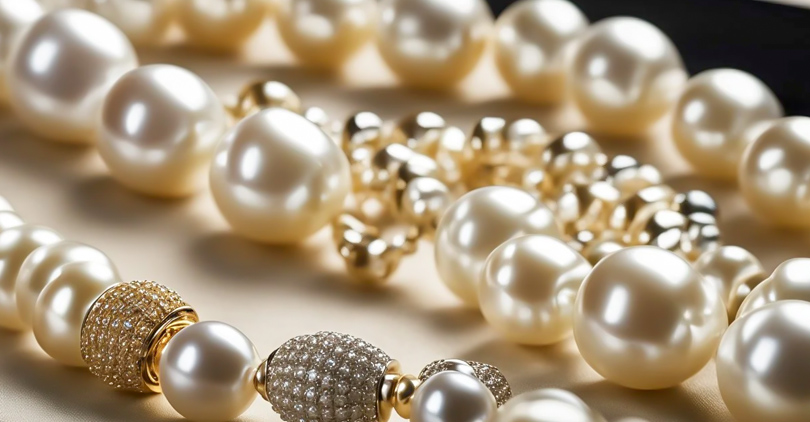
The appreciation of the value of freshwater pearls is influenced by several factors, including their size, shape, and color. Natural colors that are unique and vibrant, such as pink or lavender, are particularly desirable.
Advances in pearl farming have also improved the luster and uniformity of these pearls – qualities that make them more attractive and potentially able to appreciate in value over time.
Future Outlook and Potential for Value Appreciation
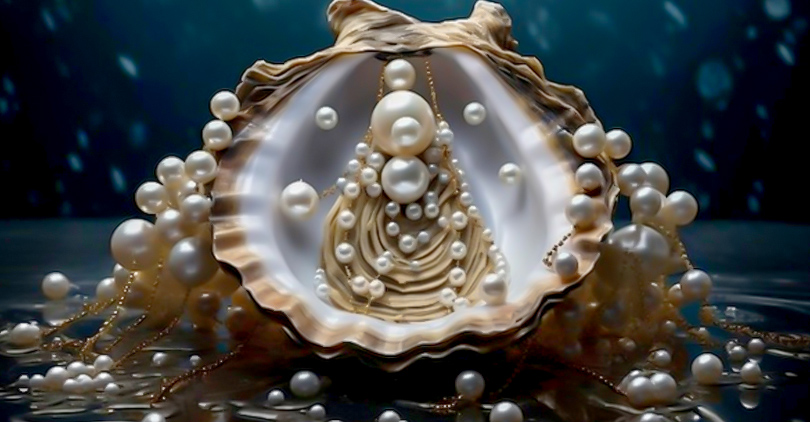
Freshwater pearls are a hit among shoppers who want both indulgence and value, carving out their own niche in the market. Often used in chic, laid-back designs that appeal to younger consumers, they tap into a trend for fashionable jewelry that can be worn day or night.
The freshwater category is king, with a 73% market share in 2023. When it comes to sourcing pearls for jewelry-making purposes, freshwater versions are the go-to choice due to their abundance, price point variety, versatility, and eco-credentials.
Cultivated in rivers, lakes, and ponds inside mussels rather than oysters in saltwater environments – as is the case with other farmed pearls – freshwater options provide a steady supply to meet the demand for pearl pieces. They're also cheaper than saltwater pearls, which means more people can afford them!

The future looks bright for freshwater pearls. As farming techniques improve, so does the quality – which means they could become more valuable as time goes on.
Plus, with more people wanting jewelry that's both special and sustainably sourced, there should be a market for freshwater pearls down the line. That makes them a savvy pick for investors as well as collectors.
Conclusion
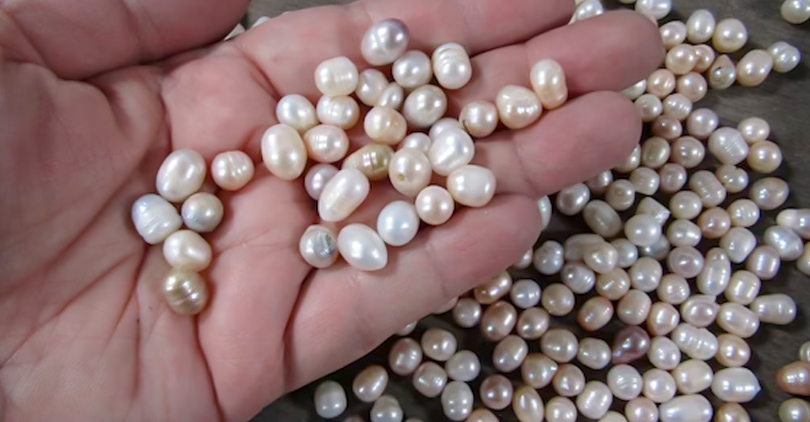
As we delve into the world of pearls, we discover there are many factors to consider when trying to predict which types will increase in value.
From South Sea pearls' natural grandeur, Tahitian pearls' range of intriguing colors, Akoya pearls' timeless beauty, and freshwater pearls' affordability – each has something different to offer investors.
By understanding these dynamics, you can choose wisely according to both your artistic tastes and financial aspirations.
Whether you are building a collection from scratch or adding to an existing one, investing in pearls means acquiring something beautiful that stands the test of time. Let their magnificence bring both luxury and future promise into your life!


Leave a Comment